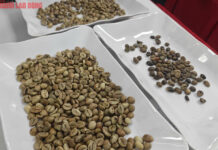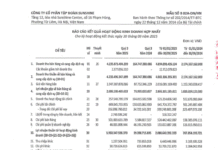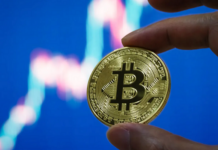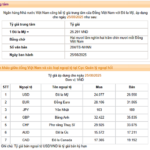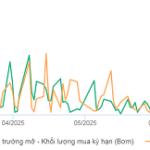Since the beginning of August 2025, the VND has depreciated by approximately 0.5-1% against the USD, bringing the year-to-date decline to 3.8% in banks and 3.4% in the free market.
The VND continues its downward trend against the USD despite the greenback’s weakness in the international market in August. As a result, DXY—a measure of the USD’s strength against other major currencies—fell by 1.9% compared to its level at the end of July.
Previously, the VND had depreciated by over 3% against the USD in the first seven months, while the DXY decreased by nearly 8%. This caused the VND to plummet by 10-15% against many major currencies such as the Euro, British Pound, and Japanese Yen.
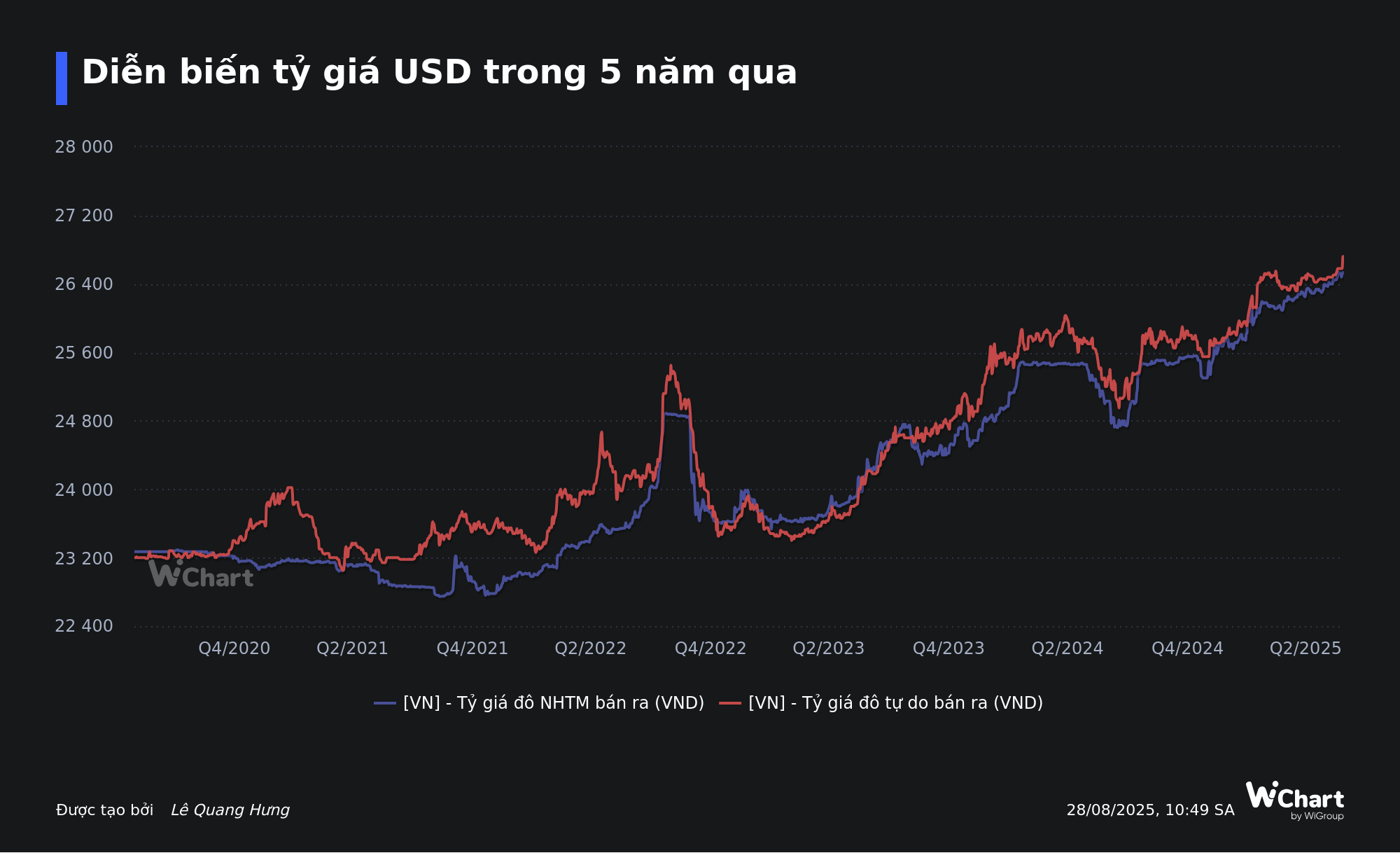
Rồng Việt Securities (VDSC) believes that the interest rate differential between the VND and USD and the volatility of the USD strength index (DXY) are not the main factors putting pressure on the exchange rate at this stage. The increased domestic demand for USD stems from both actual needs and hoarding tendencies due to the State Bank’s monetary policy easing.
MB Securities (MBS) also attributes the appreciation of USD/VND, despite the greenback’s weakness in the international market, mainly to internal factors. Firstly, the exchange rate is under pressure due to the State Treasury’s continued purchase of USD from commercial banks, limiting foreign currency supply. Secondly, businesses’ demand for foreign currency has increased amid global trade uncertainties. Moreover, the deep cut in VND interbank interest rates has led to a significant reversal in the VND-USD interest rate differential, putting additional pressure on the exchange rate.
According to Vietcombank Securities (VCBS), the depreciation of the VND since the beginning of the year can be attributed to three main reasons. First, the loose monetary policy and low-interest-rate environment aim to support the government’s growth target. Second, the risk of tariffs remains, increasing the demand for foreign currency reserves. After the negotiations, the US imposed a 20% tariff on Vietnamese goods, which is favorable compared to the previously announced 46%. However, the market still worries about the potential risk of a 40% tariff on transhipment goods, which lacks a clear definition. Third, the sharp rise in gold prices has indirectly put pressure on the exchange rate. The strengthening of other foreign currencies has led to a psychology of holding foreign currencies.
Explaining the depreciation of the VND against the USD despite the decline in the DXY, Mr. Phạm Chí Quang, Director of the Monetary Policy Department, stated that maintaining a strong currency requires it to be attractive, which is partly achieved through interest rates. However, the State Bank has implemented policies to maintain low-interest rates to support economic growth. As a result, there is a trade-off between low-interest rates and exchange rates. The low-interest rate environment in the VND interbank market has led to a negative interest rate differential between the VND and USD, making the USD more attractive and causing fluctuations in the foreign exchange supply and demand balance, and encouraging conversion to higher-yielding currencies. Additionally, capital outflows, such as foreign investors’ activities in the stock market, have also impacted the exchange rate.
At the July regular government meeting, held online with the direct participation of the Prime Minister and the participation of the provinces and centrally-run cities, Ms. Nguyễn Thị Hồng, Governor of the State Bank, frankly pointed out the pressures and challenges from both external and internal factors affecting monetary policy management in 2025.
According to Ms. Hồng, on the international front, major financial institutions have continuously warned about the weakening global growth prospects. Although global inflation has eased somewhat, the risk of a resurgence remains, especially with the rapid changes in US tariff policies. The global economy and trade have deteriorated significantly, negatively affecting exports—one of the main drivers of Vietnam’s economic growth.
In parallel, the international financial and monetary market has been unpredictable, with rising USD interest rates and the US’s tariff policies exerting increasing pressure on monetary policy management. These factors not only affect market psychology but also have profound implications for the economic foundation.
Despite the international situation putting pressure on the exchange rate, Governor Nguyễn Thị Hồng stated that the lending interest rate has continued to decrease by about 0.4%/year compared to the end of 2024, reflecting the flexible management and support for reducing financial costs for the economy.
However, the exchange rate is under considerable pressure due to the dual impact of economic and market psychology factors. In this context, the Governor stated that if the pressure continues to increase, the State Bank will consider halting interest rate reductions to avoid affecting exchange rate stability and causing macro-instability.
“We will closely monitor the situation and set appropriate priorities for each stage, aiming for the common goal of macroeconomic stability and sustainable economic growth,” affirmed Governor Nguyễn Thị Hồng.
VND loses nearly 16% of its value against the USD since the beginning of 2022
Since the beginning of 2022, the selling price of USD in banks has increased by 15.8%. Notably, 2024 was a disappointing year for the “exchange rate bulwark” as the USD/VND rate in banks increased by 4.6% despite the State Bank’s intervention by selling a large amount of foreign currency, estimated by analysts to be over $9 billion.
Interestingly, if we consider the overall context, 2022 and 2023 were years when the Fed raised interest rates. Even in 2024, when there were three rate cuts totaling 1%, which limited the pressure on the USD/VND interest rate differential, the State Bank still had to sell USD, resulting in a loss of value for the VND.
A String of Violations: Hai Chau Confectionery and Its Chairman Face Penalties
The delay in financial report disclosure, along with unauthorized insider trading and violations of position overlapping regulations, has led to a series of penalties imposed on Hai Chau Confectionery and its Chairman, Nguyen Van Hoi, by the SSC.
The Calming Forex Rates: A New Move by the State Bank.
The State Bank of Vietnam’s latest move to sell cancellable forward foreign exchange is a strategic measure to increase the supply of foreign currency in the market and curb exchange rates. This proactive step underscores the bank’s commitment to maintaining stability and ensuring the availability of foreign currency for those who need it.
The Central Bank Pumps Over 18 Trillion VND into the Open Market
Between August 18 and 25, 2025, the State Bank of Vietnam (SBV) ramped up new issuances in the forward purchase channel to meet maturity volumes.


